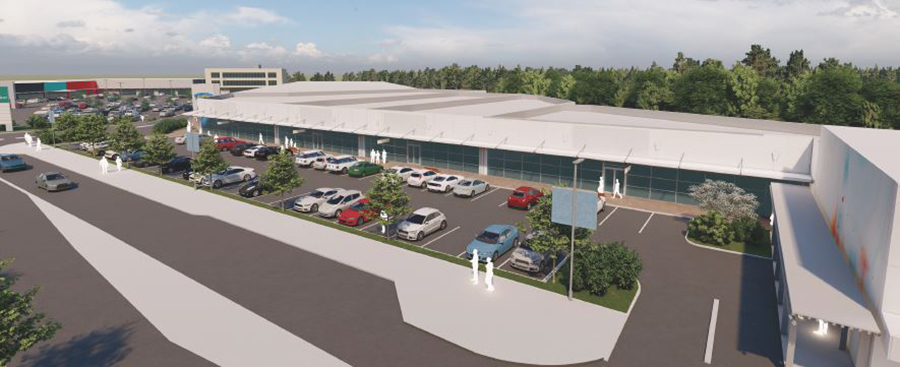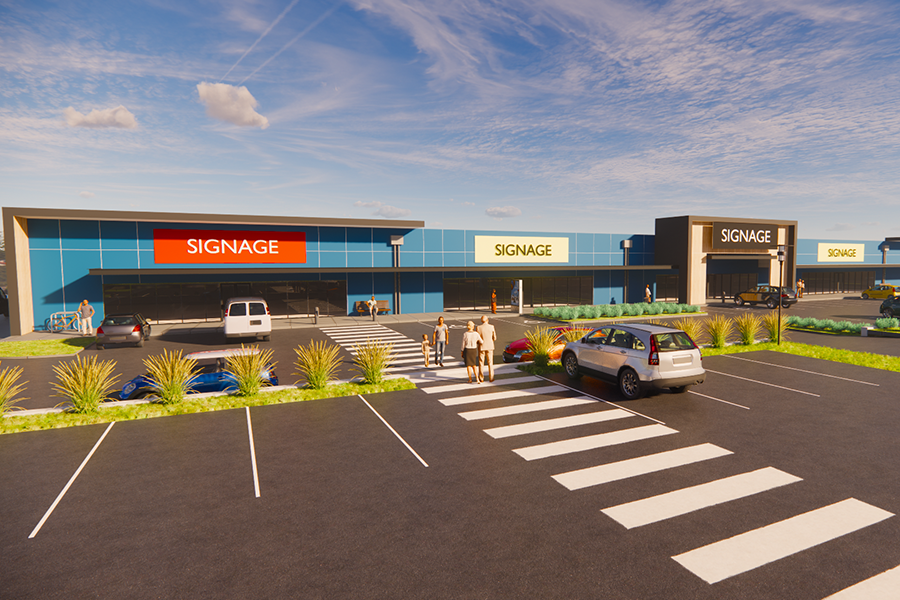Adelaide’s Large Format Retail (LFR) vacancy rate has shrunk to a record low of just 0.58% as retailer confidence spurs new development projects.
CBRE’s latest data shows Adelaide’s current LFR vacancy rate is well below the 4.68% level recorded pre-COVID and has tightened significantly this year – dropping from 1.85% in Q1 – as consumer spending continues to support retailer expansion.
In tandem, LFR rents have continued to rise, with growth of 2.2% y-o-y recorded in Q2, 2022, following a 6.1% increase in the corresponding period last year.
CBRE’s Adelaide LFR Director, Dallas Sears said the strength of the market had underpinned a number of new development projects including a circa 4,000m2 site at Munno Para and a circa 3,500m2 site at Parafield.
“The positioning of these developments will see a 15km stretch from Gepps X to Elizabeth Playford Plaza become an LFR hot spot, including five main retail sites,” Sears said.
“There is also a major new Home & Lifestyle Centre which has been released to the market at Angle Vale which is next to the Bunnings and fronts the Northern Expressway.
“This area is one of the fastest growing residential areas in Adelaide and the demographics show that Large Format Retail is under-represented in this area. There is a real need for a quality retail centre in this location to support the influx of new residents.”

In a further sign of market demand, Sears recently negotiated four off-market leasing deals next to the Mt Barker Homemaker Centre.
“We had more tenant interest than we had space, which clearly demonstrates the increased demand for LFR, as has the success of a Seaford Road project where we’ve leased three of the five available tenancies,” Sears said.
“Many of these new projects are in areas experiencing high residential growth with a mix of new residents, consisting of mainly young families, along with established housing. Another project we are working on is at Richmond Village near Mile End Home, which is well supported by civil infrastructure projects to accommodate the influx of new occupiers as well as any displaced tenants brought on by the South Road upgrade project.”
The Adelaide LFR market initially benefitted during the pandemic from working from home restrictions, which underpinned a spike in consumer spending in the retail sector. However, Sears said the market had continued to tighten even as people returned to the office and overseas travel resumed.
While there were some headwinds, including rising construction costs for developers and interest rate increases to combat inflation, Sears said some LFR sectors would be less impacted than others and there was strong continued demand for available leasing opportunities.





















